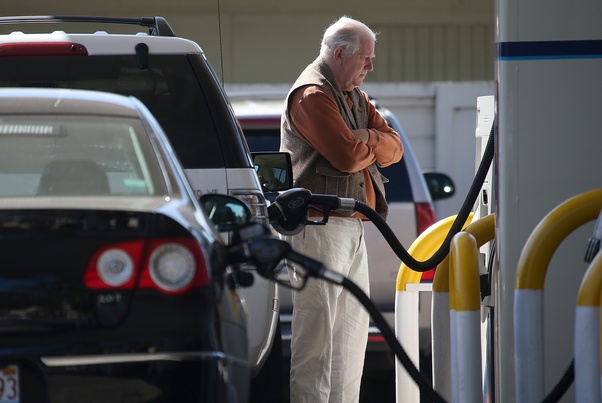While electric vehicles' share of the automotive market is still growing, the rate at which Americans are buying new electric vehicles appears to be slowing. Kelley Blue Book reports that just under 270,000 EVs were sold in the first quarter of this year. While that's up nearly 3% from the first quarter of 2023, it's down considerably from the last quarter of last year.
"Something I'll say is that electric vehicles are for the patient," says Oleksiy Golub, who's driven EVs since 2020. Right now, he drives a Hyundai Ioniq 6. He says while he likes the car, it's not without its frustrations, most of them having to do with charging.
A 2022 JD Power survey of more than eleven thousand EV and plug-in hybrid owners found that 20% of drivers who visited a public charging station ended up not charging their vehicle due to the technology malfunctioning or being out of service. While the public charging infrastructure has seen federal investment since then, with resulting improvements, Golub says public charging stations can still be finicky – and crowded.
"If there is one or two people in front of you, instead of staying at a charger for half an hour, 40 minutes, you stay there for that, like, times two or three," he says.
That can make long-distance travel impractical, like when Golub tried to drive his previous EV, an older Hyundai Ioniq, from Philadelphia to Denver.
"I stopped during that trip seventeen times, forty minutes to an hour each, and twelve of those times were by a Walmart," he tells ABC Audio, adding that as a result, "I know how to get around a Walmart like the back of my hand."
